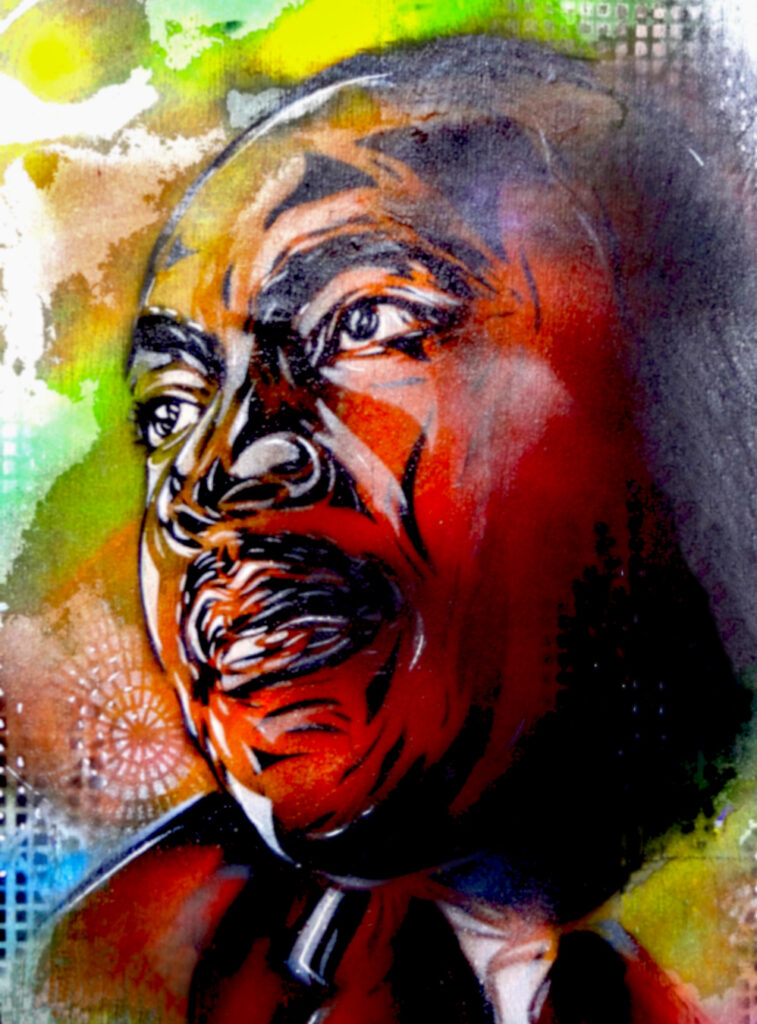Street Art is a reflection of the cultural life of a city.
An increase in Street Art correlates strongly with signs of progressive urban culture, indicating not just creativity but also active engagement within communities regarding social, political and cultural issues, and contributes significantly to making cities feel alive and reflective both historically and contemporaneously about who they are and what they aspire to be moving forward into increasingly complex modern landscapes.
Street Art Works do not only aim to beautify a random facade, but they also appeal to deeper human experiences that are intertwined throughout time, in shared environments and that evoke a sense of community.
Parallels and connections can be drawn between (Biological) Evolution and Street Art. Although (Biological) Evolution operates in a different domain compared to artistic expression found in human culture, such as Street Art (and Art in general), the principles underlying change, adaptability, survival, competition, cooperation, remain fundamentally linked. The adaptive nature inherent in both domains encourages mutual growth, diversity, innovation, emphasis on complexity, richness, our shared existence.
In Biology, species evolve through mechanisms of adaptation and variation in response to their environment. Similarly, street artists adapt their styles, techniques and messages based on societal changes or local contexts. Each artist brings unique influences resulting in a diverse range of expressions.

